Accolades
2016 First Time Principal Investigators
 Name of Project:
Name of Project:
RAPID: Computation of accurate binding energies of emerging organic contaminants on environmental and infrastructural interfaces
Sponsoring Agencies:
National Science Foundation
Time Frame of Projects:
April 2014-March 2016
Collaborators:
Nathan DeYonker
Summary of Research Efforts:
On January 9, 2014, Freedom Industries in Charleston, West Virginia accidentally discharged approximately 10,000 gallons of chemicals, including 4-methylcyclohexanemethanol (MCHM), from their storage tanks, an unknown portion of which then flowed into the Elk River and contaminated the main water source for 300,000 people in 9 counties of West Virginia. These residents were issued a "Do Not Use Order", barring them from not only drinking the water, but also from using the water for bathing or showering, cooking or clothes washing! Essentially, all that the water is good for is flushing the toilet. The order lasted for days or weeks. Alexander and co-PI DeYonker quickly responded as part of the "second response" to this disaster to use quantum chemical computational approaches to elucidate the physicochemical properties of the components of the spilled liquids. Their first journal article reporting part of this work, co-authored by Chemistry major Kate Charbonnet, and in collaboration by Prof. Andrea Dietrich's research group at Virginia Tech, was selected to be the feature cover article of the April 2015 issue of Environmental Science and Technology Letters. The article is titled "Partitioning, Aqueous Solubility, and Dipole Moment Data for cis- and trans-(4-Methylcyclohexyl)methanol, Principal Contaminants of the West Virginia Chemical Spill" and can be found at this link.
With support of this NSF RAPID grant, Alexander and DeYonker continue to work to develop models for accurate and predictive determination of the properties of novel, exotic, and/or poorly characterized contaminants to allow emergency responders to obtain on-demand and on-the-fly estimates of the behavior of these contaminants and can help direct remediation or prevention strategies on the ground in a timely manner in future incidents.
Dorian Burnette, Earth Sciences
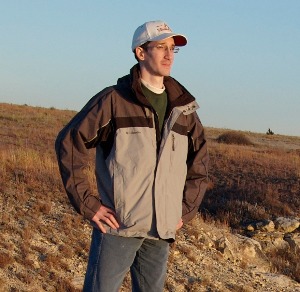 Name of Project:
Name of Project:
"Collaborative Research: Cool and Warm Season Moisture Reconstruction and Modeling over North America"
Sponsor:
NSF Paleoclimate Program, Paleo Perspectives on Climate Change
Time Frame:
1 September 2013-31 August 2016 (3 Years)
Collaborators:
David Stahle (University of Arkansas), Edward Cook (Lamont-Doherty Earth Observatory of Columbia University), and Benjamin Cook (NASA Goddard Institute for Space Studies)
Summary of Research Efforts:
This collaborative research uses hundreds of new and existing tree-ring chronologies to reconstruct both cool and warm season moisture levels across much of tropical, subtropical, and temperate North America. The seasonal reconstructions will be developed on a 0.5° grid for every year during two fixed time periods: AD 1500-present and AD 1000-present. The new reconstructions will be used with climate model simulations to test hypotheses concerning the ocean-atmospheric forcing of cool and warm season climate over North America, the climate dynamics responsible for decadal droughts and wet periods in each season, and the influence of anthropogenic trace gas and land surface changes on seasonal droughts and wet periods. The reconstructions and climate simulations will also be used to identify ancient analogues for the extreme decadal droughts and wet periods witnessed during the modern era. The new reconstructions will have major interdisciplinary applications by providing an objective exactly dated framework for evaluating the impacts of seasonal climate extremes on social and ecological change during the prehistoric, colonial, and modern eras.
We have successfully reconstructed the Palmer Drought Severity Index (PDSI) for June-August (JJA) over much of subtropical North America including the entire Republic of Mexico. This Mexican Drought Atlas is based on 251 tree-ring chronologies, including 82 from Mexico and another 169 from the southern U.S. and western Guatemala. A presentation on this new drought atlas was given at the American Geophysical Union fall meeting in December 2014, and two manuscripts are in preparation, including an invited paper to Quaternary Science Reviews. We have also been developing a suite of web-based tools that will allow researchers worldwide to create maps of single year or multiyear drought and wet periods (e.g., see composite map of the 16th Century Megadrought), perform correlation and congruence analyses, and extract time series and drought area indices for locations of interest to them. These tools have been developed to work with the existing North American Drought Atlas and Monsoon Asia Drought Atlas as well as the forthcoming North American Seasonal Drought Atlas, which will be computed later this fall. The websites are being beta tested at this time, and will be made publically available in 2016.
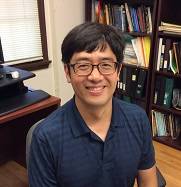 Name of Project:
Name of Project:
EarthCube Building Blocks: Earth System Bridge: Spanning Scientific Communities with Interoperable Modeling Frameworks
Sponsoring Agencies:
NSF-EarthCube
Time Frame of Projects:
09/17/2013 – 09/16/2016
Collaborators:
Scott Peckham (U. Colorado, Boulder), Cecilia Deluca (U. Colorado, Boulder/NOAA), David Gochis (UCAR), Anna Kelbert (USGS), Rocky Dunlap (U. Colorado, Boulder/NOAA), Rick Hoooper (CUAHSI)
Summary of Research Efforts:
This project is developing a theoretical basis and practical approach to cross-domain framework interoperability, and using this strategy to demonstrate how community frameworks used in Earth sciences can be connected to solve societally relevant interdisciplinary scientific problems. The intellectual merit of the project is a rigorous and objective analysis on the framework features, which has been rare although modeling frameworks and coupling technologies have emerged over the last decade as a critical element of cyberinfrastructure for multi-component applications. This work will also extend the findings of an international forum for Earth science framework developers co-organized by co-investigator AB Dunlap (NOAA, Boulder, CO). The broader impacts of this project include the wide applicability of the approach developed. Both the theoretical basis of our work and the specific inter-framework bridges will function as building blocks that will lead to a more interconnected and capable modeling community.
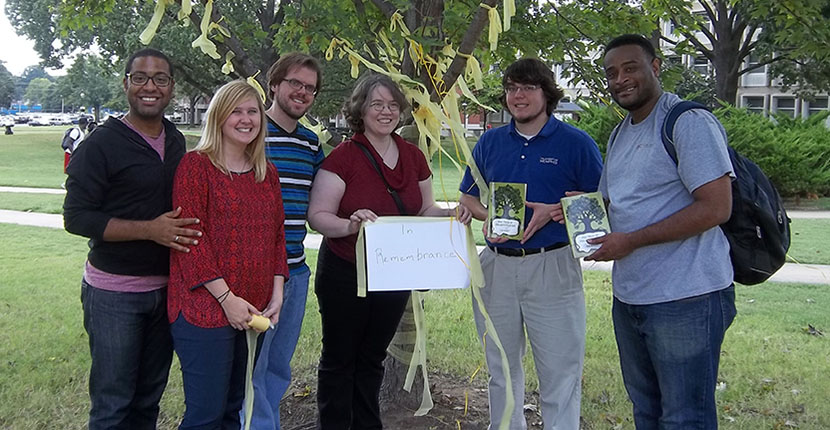 Name of Project:
Name of Project:
River City Writers Series
Sponsoring Agency:
NEA, SouthArts
Collaborators:
Matt Krajniak, graduate assistant; Prof. Courtney Santo; and the Office of Research Support
Summary:
The River City Writers Series, received a Literary Touring Grant from SouthArts in the amount of $595 to support a visit from author Pam Durban in Fall 2013. Durban's novel, The Tree of Forgetfulness, is based on the true story of a lynching in Aiken, SC, in 1926, in which three people were murdered. Students in ENGL 7485 / 8485 Literary Programming tied yellow ribbons on a tree in remembrance of all those who have died in civil rights violence.The funding originated with the NEA. Collaborators included Matt Krajniak, graduate assistant; Prof. Courtney Santo; and the Office of Research Support.
From left to right, the students in the picture are: Michael Vine, Amanda Muir, Jonathan Vowell, Sarah Slack, Jeremy Scherer, and Danian Jerry.
Jennifer Mandel, Biological Sciences
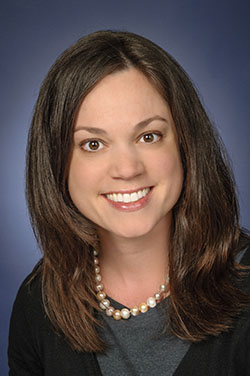 Name of Project:
Name of Project:
Assessing the risk of transgene escape via pollen flow in carrot
Sponsoring Agencies:
USDA-NIFA
Time Frame of Projects:
2014-2016
Collaborators:
Dr. David McCauley, Vanderbilt University
Summary of Research Efforts:
Gene flow between genetically modified (GM) crops and their wild relatives has the potential to enhance weediness and/or invasiveness of wild species. In the United States, invasive species have major negative impacts on natural ecosystems, leading to billions of dollars per year in economic and environmental damages, and invasive species are often responsible for the displacement and/or extirpation of native species. We study the potential for gene flow between cultivated carrot and its wild, weedy (admittedly pretty) progenitor, Queen Anne's Lace using a variety of genetic, genomics, and greenhouse studies.
Ben McCarty, Mathematical Sciences
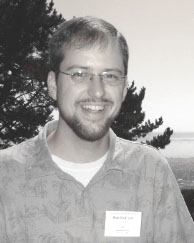 Name of Project:
Name of Project:
Shelby County Schools Math Science Partnership
Sponsoring Agencies:
Tennessee Department of Education
Time Frame of Projects:
Spring 2014 – Spring 2015
Collaborators:
Alistair Windsor & Ceila Anderson
Summary of Research Efforts:
We provided professional development and training to SCS teachers and coaches in preparation for the implementation of the new Tennessee Academic Standards for Mathematics.
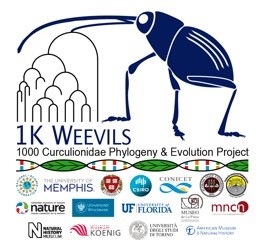 Duane McKenna, Biological Sciences
Duane McKenna, Biological Sciences
Name of Project:
Phylogeny and diversification in the uniquely diverse beetle family Curculionidae (true weevils) [aka: The 1K Weevils Project]
Sponsoring Agencies:
United States National Science Foundation
Time Frame of Project:
May 2014-May 2017
Collaborators:
Brian Farrell (Harvard University), Adriana Marvaldi (National University of La Plata, Argentina), Rolf Oberprieler (CSIRO, Australia), and a team of 15 specialist-collaborators from North and South America, Europe, Australia, and Africa.
Summary of Research Efforts:
The weevil family Curculionidae contains 51,000 named species and is one of the largest families of animals on Earth. Because of their intimate and often highly specialized interactions with plants and fungi, Curculionidae are among the most significant pests of agriculture and forestry worldwide, and some of the most abundant insects on Earth. This project will clarify the interrelationships of all major groups of weevils for the first time using phylogenomic data. The genomic data gathered will consist of DNA sequences from 1,000 species representing all major groups of weevils, obtained via an approach called anchored phylogenomics. This will be one of the first applications of this new method for gathering phylogenomic data in insects. The resulting family trees will be used to test long-standing hypotheses about weevil relationships and evolution, and will contribute to resolving the taxonomic problems that both pervade the internal higher classification of weevils and impede research on economically- and ecologically-important weevil species.
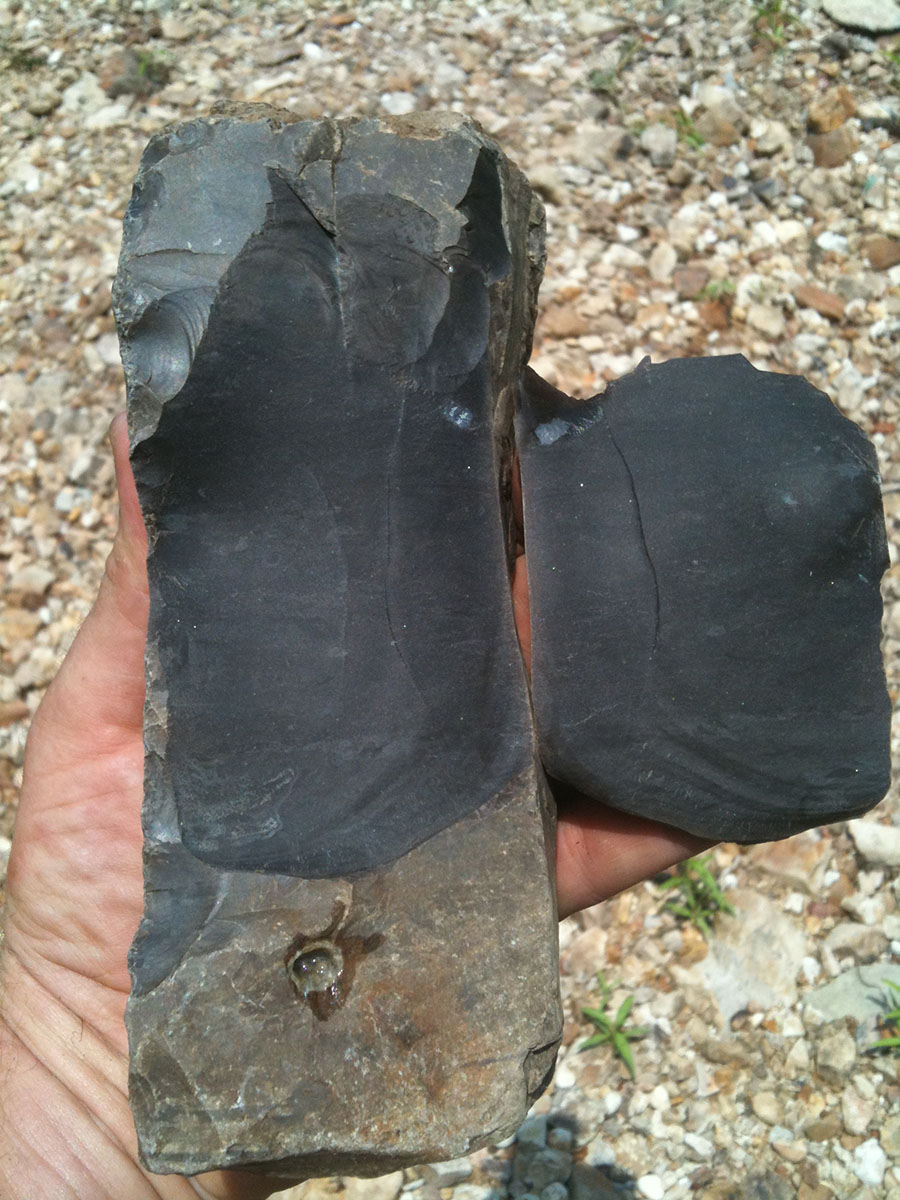 Name of Project:
Name of Project:
"Visualization of chert artifacts using Reflectance Spectroscopy as a preservation provenance technology"
Sponsoring Agency:
National Park Service
Time Frame of Project:
1 year
Collaborators:
Dr. David Dye and Dr. Ying Sing Li
Summary of Research Efforts:
We are developing a non-destructive technique to analyze stone artifacts that allows archaeologists to identify where on the landscape the stone was obtained prehistorically. The project created the largest database of flint samples in the Southeastern United States which acts as a library in which unknown artifacts made out of chert (flint) can potentially be identified within and thereby 'sourced' back to the deposit of origin. The technique utilized in the study is reflectance spectroscopy which analyzes the atomic and molecular configuration of the chert. An understanding of prehistoric sources allows us to visualize migrations and trade along with a number of other prehistoric behaviors.
Vinhthuy Phan, Computer Science
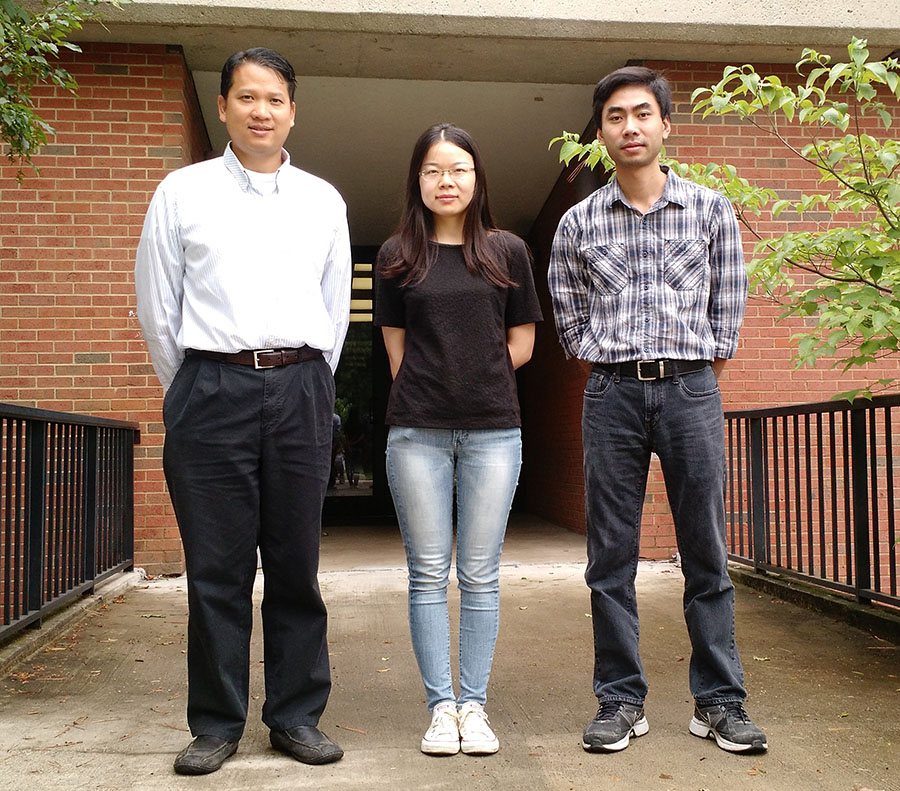 Name of Project:
Name of Project:
Analysis of Gene Expressions Using Transitive Directed Graphs
Sponsoring Agency:
NSF
Time Frame of Project:
7/15/2013 - 6/30/2016
Summary of Research Efforts:
Recent advances in biotechnology have facilitated the simultaneous measurement of response of thousands of genes, and in effect enabled comparative studies that can identify which drugs are most effective and have fewest side effects at the genetic level. To obtain true response patterns of genes from these studies, researchers have often utilized a conservatively large number of samples for each treatment, increasing the cost significantly for studies with many drugs. This project will develop new methods that elucidate the relationships between true patterns of gene response to treatments and sample size. The use of directed graphs to represent gene response patterns make it easier for researchers to distinguish and visualize subtle gene-expression differences resulting from similar drugs. Additional properties of these graphs are exploited to isolate false patterns from true ones, enabling accurate predictions of true patterns of gene response even in cases where there are few samples. Accurate prediction of true response patterns of genes further leads to accurate prediction of gene function.
 Name of Project:
Name of Project:
Mechanism of light Scattering in living lissues
Sponsoring Agencies:
National Institute of Health
Time Frame of Project:
06/01/2010- 05/30/2015
Collaborators:
Vadim Backman
Summary of Research Efforts:
In this project we develop theoretical, numerical, and experimental tools to understand the nanoscale alteration in the biological cells in early carcinogenesis. In particular development of spectroscopic microscopy optical technique to probe nanoscale alteration in a cell , that will be supported by the finite-difference time-domain (FDTD) method. Finally, developed technique will be applied to animal cancer model as well as human cancer detection.
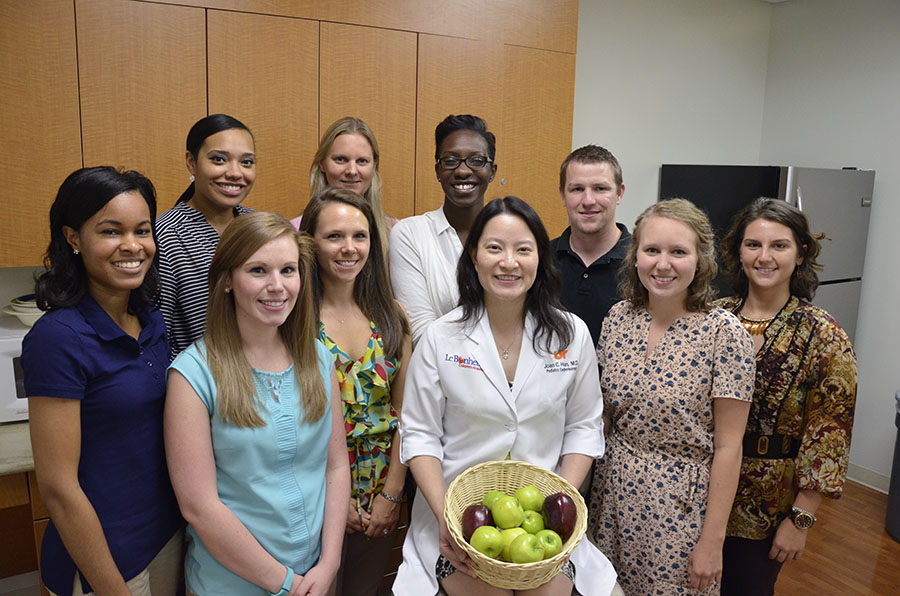 Name of Project:
Name of Project:
Development of a Healthy Lifestyle Clinic at Le Bonheur Children's Hospital
Sponsoring Agencies:
UT Le Bonheur Pediatric Specialists
Time Frame of Project:
January 2014 – August 2015
Collaborators:
Joan Han, MD (Director of the Pediatric Obesity Program)
Summary of Research Efforts:
In response to the high rates of Pediatric Obesity in Memphis, TN and huge gap in comprehensive care and treatment for youth with obesity, Dr. Joan Han is spearheading the development of a Center of Excellence for Pediatric Obesity Research and Treatment at LeBonheur Children's Hospital in partnership with the University of Tennessee Health Science Center and St. Jude Children's Research Hospital. Partnering with Dr. Han, Dr. Thurston's role on this multidisciplinary project is to lead the development of new behavioral health clinical and research programming as well as participate in ongoing research studies.
In particular, this project will: 1) implement knowledge gained from other obesity programs across the nation to develop the LeBonheur Obesity Center, 2) develop a specific clinical protocol for assessment, treatment, and referral of patients with obesity and/or comorbid psychological disorders, including eating disorders, depression, anxiety, and other relevant disorders, 3) focus on the adaptation of psychological interventions for use in the LeBonheur Obesity Center, and 4) develop research protocols for quality improvement, intervention development, and understanding how genetic, behavioral, and environmental factors contribute to the development and maintenance of pediatric obesity and it's complications.
